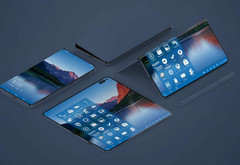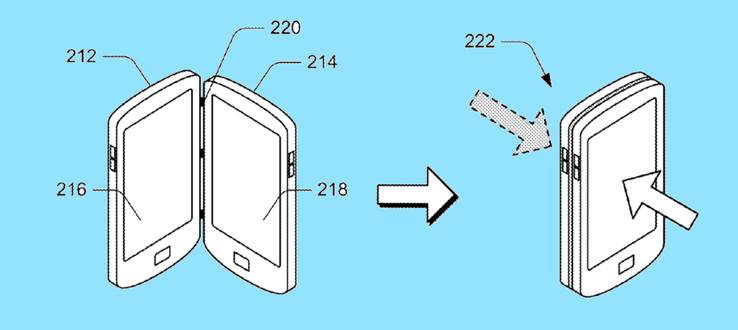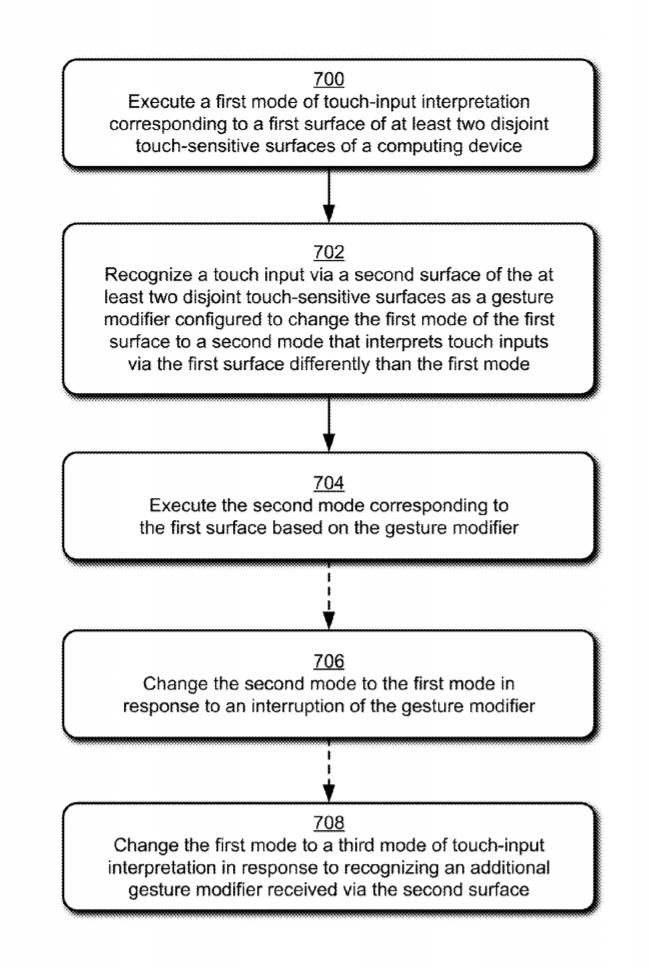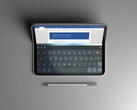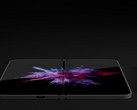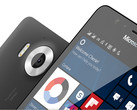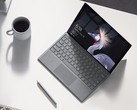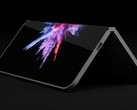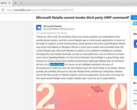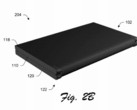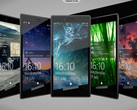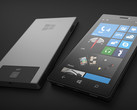It seems like Microsoft is keen on introducing several patents in its upcoming “Project Andromeda” Surface Phone in order to differentiate it from the horde of Galaxy S9 and iPhone X look-alikes. The latest patent that could be integrated in the Surface Phone has just been revealed by MSPoweruser, and it involves the use of a secondary touch surface on the back side of the phone. This secondary touch sensitive surface would facilitate easier control of whatever is happening on the main display.
The patent was filed back in 2016 by Christian Klein and other Microsoft researchers who think that a foldable phone concept would greatly benefit from a touch sensitive back. The researchers also included a detailed paper title “Gesture Language for a Device with Multiple Touch Surfaces”, which includes numerous notes such as:
A gesture language for a device with multiple touch surfaces is described. Generally, a series of new touch input models is described that includes touch input interactions on two disjoint touch-sensitive surfaces. For example, a mobile device can include a primary display on a “front” side of the device, and a secondary display or touch-sensitive surface on the “back” side of the device, such as a surface that is opposite the primary display. Accordingly, the gesture language can include a series of “back touch” interactions with the touch-sensitive surface on the backside of the device. Example interactions include direct and indirect touch input on the back side, as well as simultaneous touch input on both sides of the device.
Some basic gestures that could be performed on the rear surface include scroll, swipe and zoom. These gestures can be easily performed with one hand while the other hand is holding the phone steadily and could help improve the way users read long web pages, triage email, retouch photos etc.
Once again, it is important to note that not all patents get included the final product, even if the documentation specifically names the product that could integrate such patents. However, Chris Klein et al. mention that the “back touch” patent is not limited to the Surface Phone and could make its way in other Microsoft devices.


